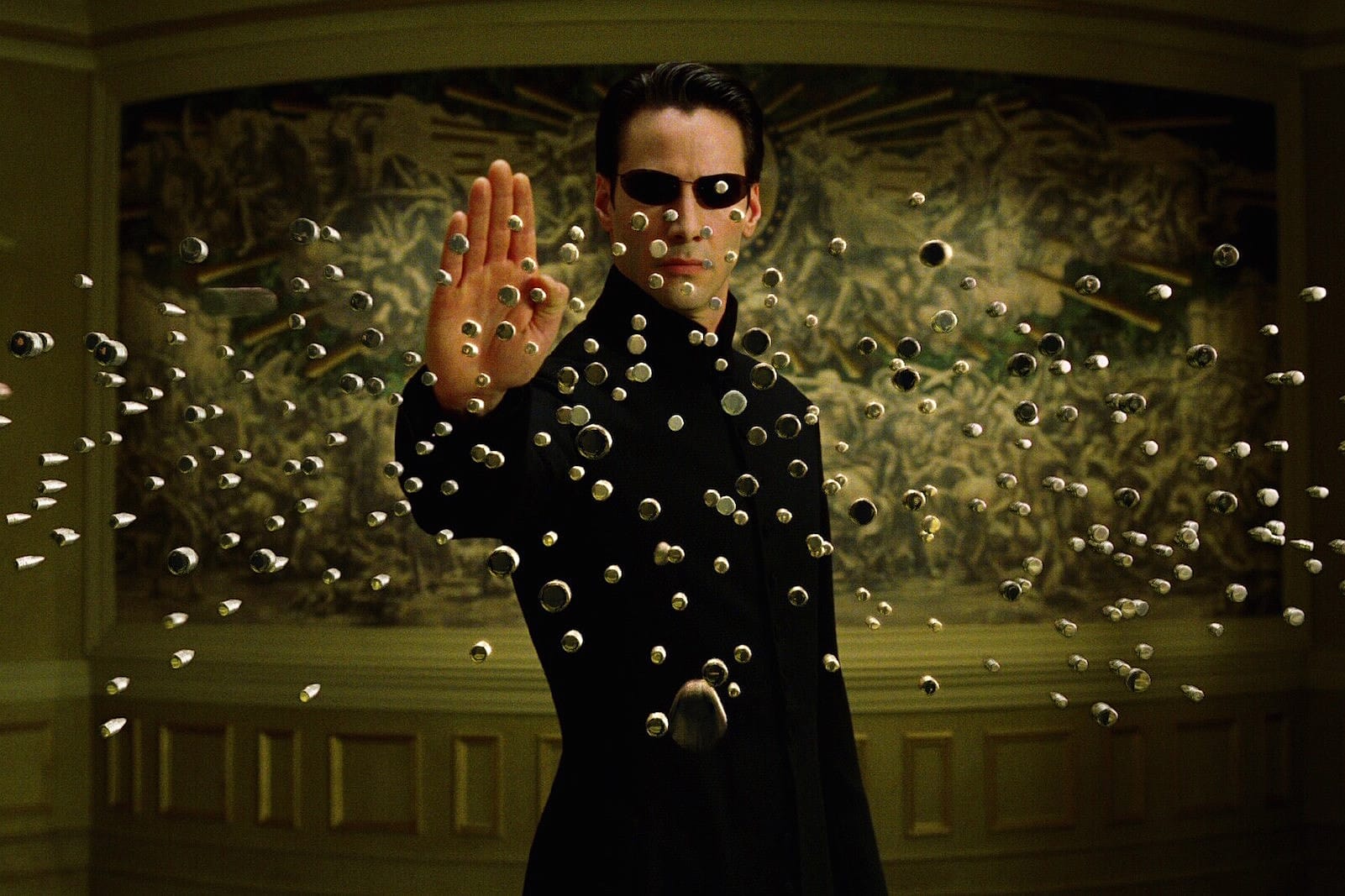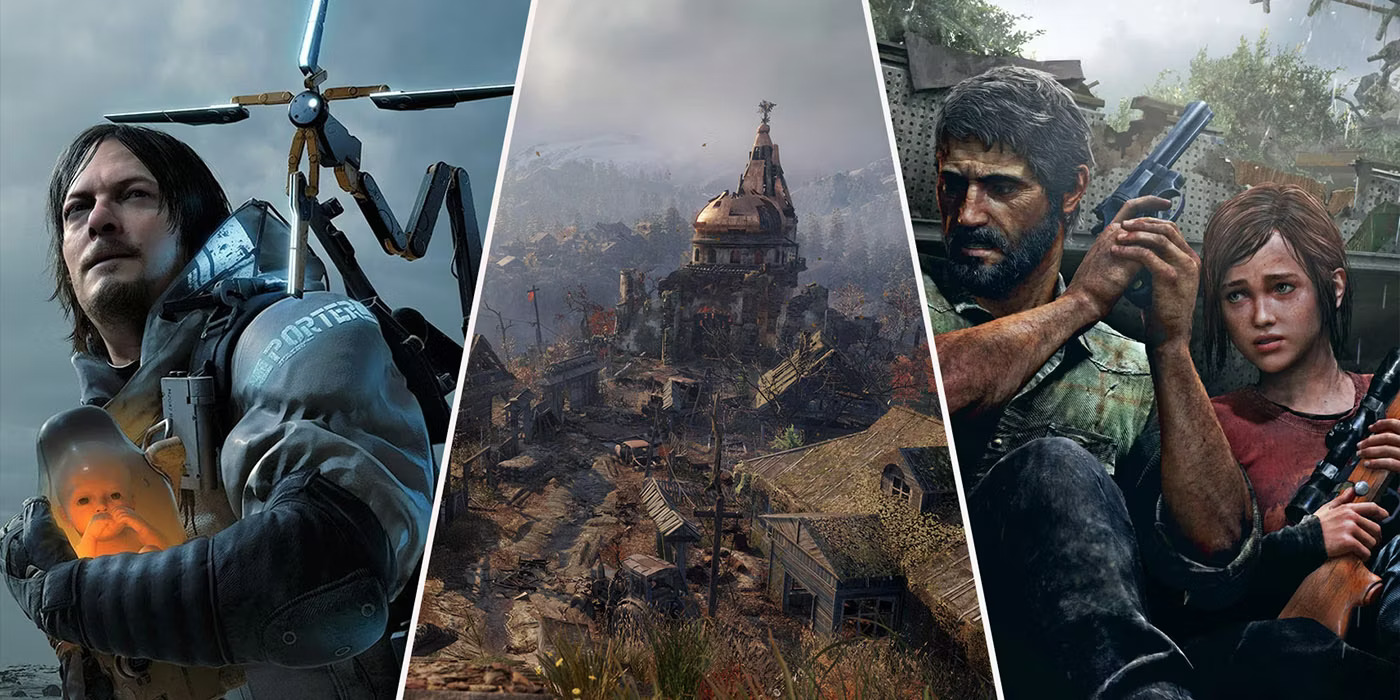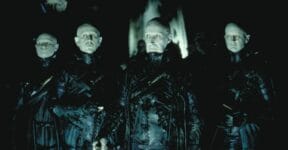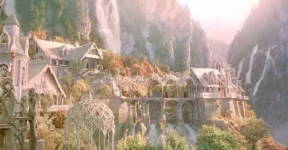“Genre mashup” refers to blending elements from different genres to create a hybrid work. While you’ve likely encountered sci-fi horror or fantasy western, a true mashup often involves more than two genres. A prime example is the fusion of urban fantasy and science fiction. While the magical and the technological might seem irreconcilable, successful worldbuilding in urban fantasy sci-fi can bridge this gap, inviting audiences to suspend disbelief and embrace the resulting narrative. So, what’s key to crafting a compelling urban fantasy sci-fi world?

Layered Reality: The Ordinary and the Extraordinary
Urban fantasy sci-fi requires more than simply adding technology to a magical setting or vice versa. The elements must be seamlessly interwoven, creating a world where the ordinary and the extraordinary coexist and interact.
This can be achieved by introducing a secret magical society controlling a futuristic city’s politics, scientists re-engineering mythical artifacts, or hi-tech spies infiltrating a wizard-ruled civilization.
Consider The Matrix series. While not strictly fantasy, its virtual realm overlaying the physical world offers a potential starting point. Introducing supernatural elements, like extraterrestrials wielding magic or mythical creatures interacting with humans, could transform it into a true urban fantasy sci-fi narrative.
Interactions: Magic and Tech in Play
The core of this genre lies in how magic and technology interact. Does magic amplify or nullify technology? Is there a scientific explanation for magic? Could magic be a form of alien technology? How are these forces wielded in conflict?
Consistency is crucial. Perhaps magic is a manipulable energy source, or a hi-tech device harnesses magical powers. Maybe magic and science maintain a delicate societal balance, with disruptions leading to catastrophe.
Social Implications: Shaping Society
The interplay of magic and technology profoundly impacts characters’ lives. Access to these forces creates social stratification, influencing politics, religion, economics, and inter-factional conflicts.
Imagine a society where non-magical individuals are marginalized, or a city where corporations control technology while wizard-led rebels fight for liberation.
Hybrid Landscapes: The Urban Canvas
The urban setting isn’t merely a backdrop; it’s integral to the narrative. Skyscrapers might harness magical energy, a metropolis could be built around an ancient forest housing mythical creatures, or magical portals might connect a city to a fantastical underwater society.
The Power of Mashups
Urban fantasy sci-fi empowers creators to transcend traditional genre boundaries. By skillfully blending core elements, authors and filmmakers can craft fresh, unique narratives that resonate with a wider audience.
What are your thoughts? Is cyberpunk a distinct subgenre or a form of urban fantasy sci-fi? Is fantasy more popular than sci-fi, and if so, why? Share your opinions below!
Other Things You Might Want to Know
Urban Fantasy Sci-Fi Films:
Finding perfect examples is challenging, as many films lean heavily towards one parent genre. However, some demonstrate key mashup elements:
- Men in Black (and sequels)
- Dark City
- Push
- Bright
- Repo Men
Star Wars and Dune: Urban Fantasy Sci-Fi?
While containing some relevant elements, these franchises generally lack the urban setting, focusing instead on grand galactic landscapes.
Urban Fantasy Sci-Fi TV Series:
The longer format allows for more nuanced exploration of magic and tech in urban environments:
- Warehouse 13
- Fringe
- Lost Girl
- The Dresden Files
- Orphan Black
- Shadowhunters
- Wynonna Earp

